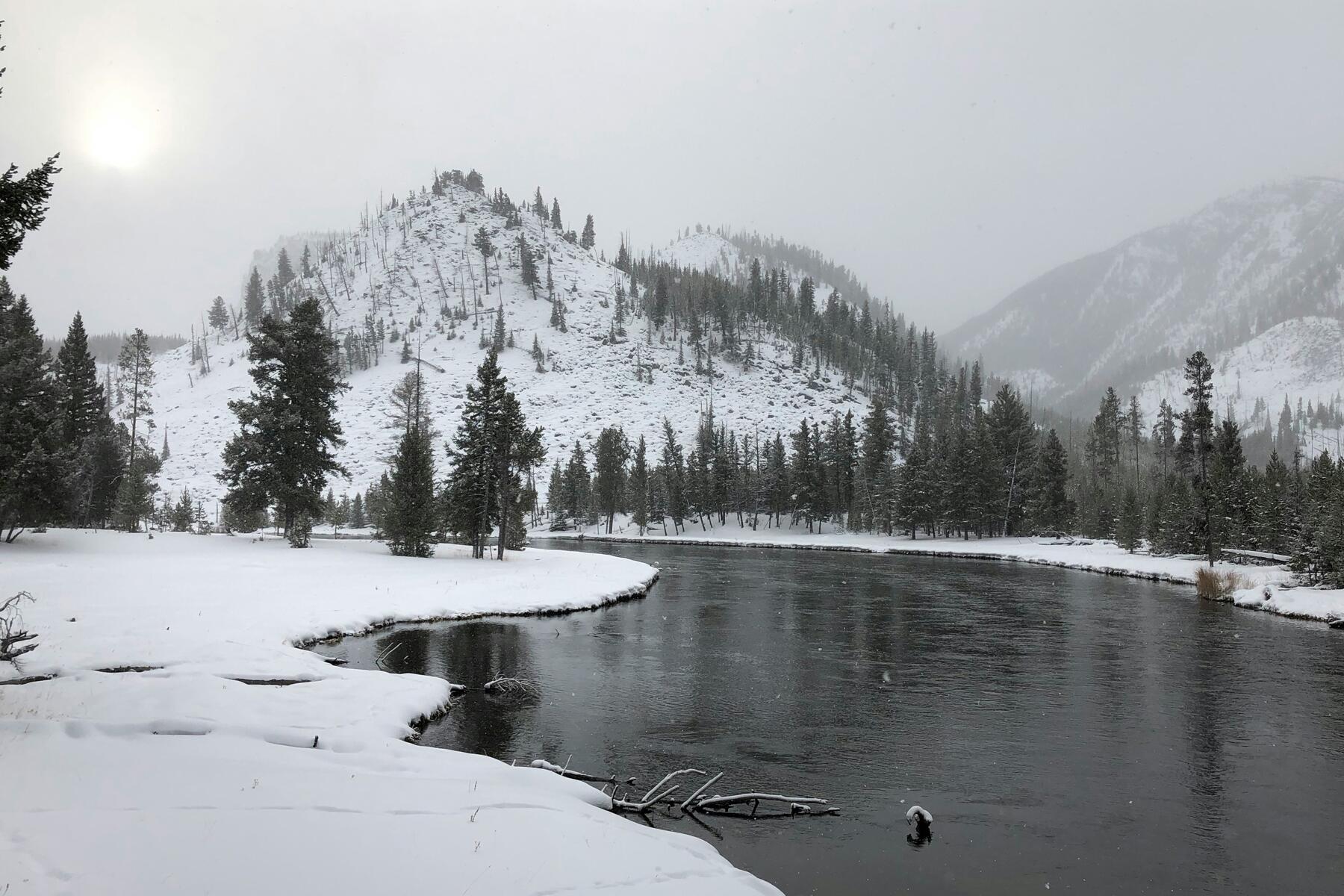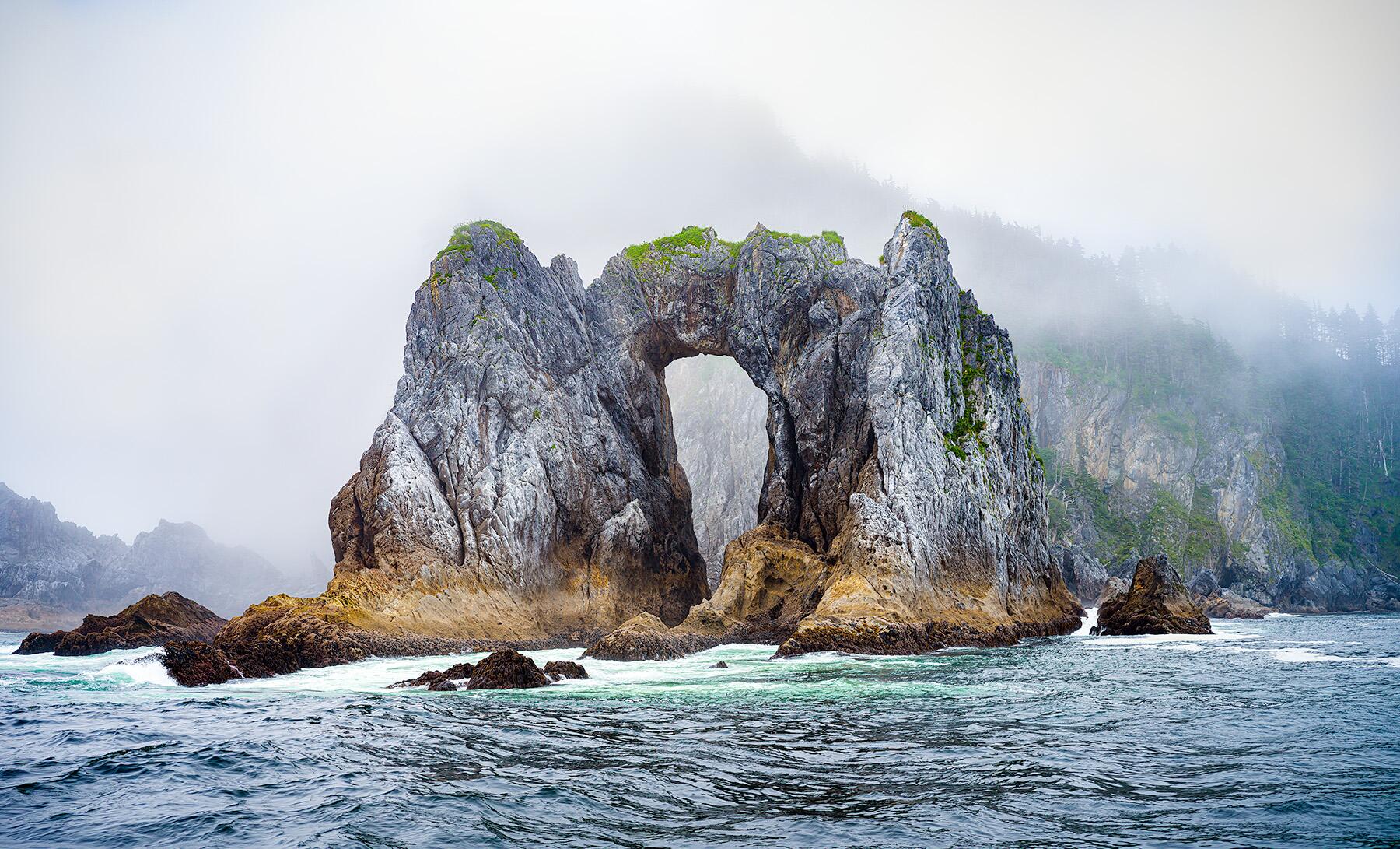State and national parks are preparing to open across the country, but park visits may not look like they used to.
After nearly two months of social distancing, the entire country—and the entire world, for that matter—is eager to escape from their homes and apartments. With temperatures rising and spring in full bloom, parks are prime destinations for stir-crazy social distancers afflicted with a serious case of cabin fever.
In order to curb the spread of COVID-19, the National Park System announced a coronavirus policy on March 21 and either closed entirely or limited services in most National Parks across the country. As many national, state, and local parks slowly begin to re-open and expand services that were temporarily curtailed, visitors should expect park visits to look a bit different.
Re-Opening Will Be Slow, Staged, and Confusing
Many parks are instituting a staged re-opening so some restrooms, campgrounds, and visitor centers may still be closed even though the park itself has re-opened. Things aren’t going back to normal overnight; re-opening will be a slow and careful process in order to protect park visitors and their surrounding communities. Activities allowed in certain areas may also fluctuate over the upcoming weeks and months—for instance, in the Great Smoky Mountains National Park in North Carolina and Tennessee, some roads may re-open to cyclists and pedestrians while remaining closed to motorists. To avoid confusion, check the websites of individual parks prior to heading out.
Recommended Fodor’s Video
According to Matt Kirouac, full-time RV traveler, parks expert, and co-host of the Parklandia podcast, National Parks don’t have a country-wide protocol in place for such an unprecedented event. “Since each park is federally-managed, they don’t need to adhere to state laws about state parks. There’s no sweeping mandate from the federal government, so National Parks are left to navigate this murky situation on their own, which can cause confusion.” For instance, Guadalupe Mountains National Park, about 100 miles east of El Paso, confused its social media followers by announcing it was closed while, simultaneously, all state parks in Texas announced their re-opening.
Maintaining Social Distancing in the Park
When China began easing lockdown restrictions in early April, Huangshan National Park re-opened at reduced capacity, allowing only 20,000 people per day instead of the usual 50,000. Within an hour, the ticket gates had closed as capacity had been reached. Social distancing went out the window, as 20,000 face mask-clad visitors crowded into the park so tightly that platforms and walkways were standing-room-only.
Public parks belong to all of us, regardless of who we are or where we’re from. They are ours to enjoy but right now, it’s crucial to consider the safety of others when making decisions about our own mental and physical health.
The same thing happened in Florida when beaches re-opened then had to close again because they became so crowded. According to Dane White, the co-owner of ROAM, a company that operates and manages dining options, tours, and equipment rentals in various Florida State Parks, anyone renting equipment or entering any interior spaces for retail or food and beverage will be required to wear masks and maintain a six-foot distance. They’re also operating their oceanfront eatery at 25% reduced on-premise capacity to protect guests.
In order to prevent mass crowding, many parks are encouraging visitors to bypass any site in the park where the parking lot is crowded, and instead, opt for lesser-visited park areas and lesser-traveled trails. They’re also encouraging visitors to maintain six feet from each other and some are requiring face masks.
Kobee Stadler, Visitor Services Program Manager at Custer State Park in South Dakota, notes that it’s even possible to enjoy nature without leaving your car. “In Custer, you could even stay in your car and enjoy a scenic drive through the park, which also helps you maintain a safe distance from wildlife.” Though staying in a car during the entire visit may not be necessary or practical, it’s a great option for anyone who is particularly vulnerable to COVID-19-related complications.
What Rangers Need for Parks to Re-Open Safely
The CDC can produce safety guidelines and individual parks can create new procedures and policies to protect the public, but these policies and procedures are only effective if the public respects them. Ultimately, it’s up to all of us to respect safety measures and encourage everyone around us to do the same.
In Austin, a Texas park ranger was pushed into a lake while trying to enforce social distancing regulations. In New York, Governor Andrew Cuomo expressed that he believes New Yorkers will enforce mask policies themselves, calling out anyone who isn’t wearing a mask with a “Where’s your mask, buddy?”
At Balboa Park in San Diego, the largest urban cultural park in the United States, officials have begun to re-open parts of the park and are closely monitoring how safety measures are implemented, enforced, and adhered to. The core of the park and its zoo, 17 museums, theaters, and parking lots remain closed, while the outskirts of the park remain open. The idea is that with the central attractions closed, the park won’t attract visitors from further away but, rather, only nearby residents who will use the park for exercise and activity while social distancing.
According to Balboa Park officials, personal face masks must be on-hand and worn around others, and social distancing of six feet or more will be required and enforced. Tim Graham, a spokesperson for San Diego Parks and Recreation, said that in the event of non-compliance, park rangers will contact San Diego Police to write citations, if necessary. “If San Diego health officials see an uptick in cases due to people not following the guidelines, they may choose to re-close areas of the city, including the parks.”
Public parks belong to all of us, regardless of who we are or where we’re from. They are ours to enjoy but right now, it’s crucial to consider the safety of others when making decisions about our own mental and physical health. Check each park’s website for details, and before heading out to (an uncrowded area of) a park, grab a face covering.



